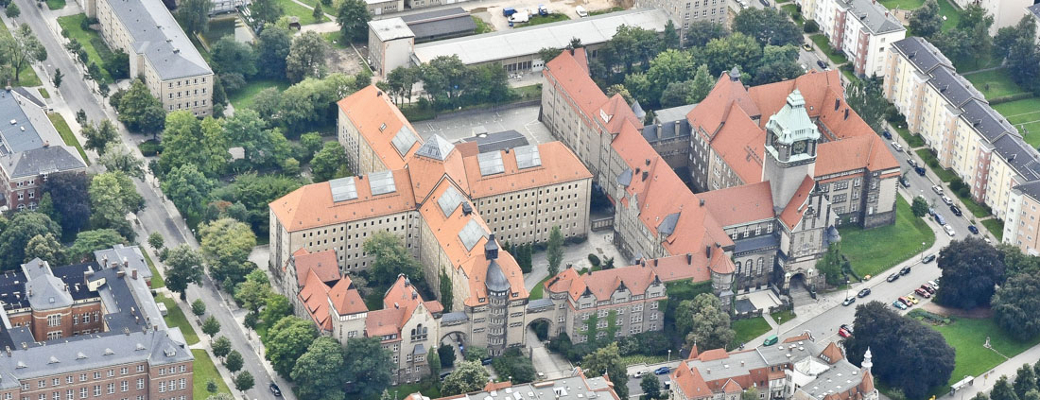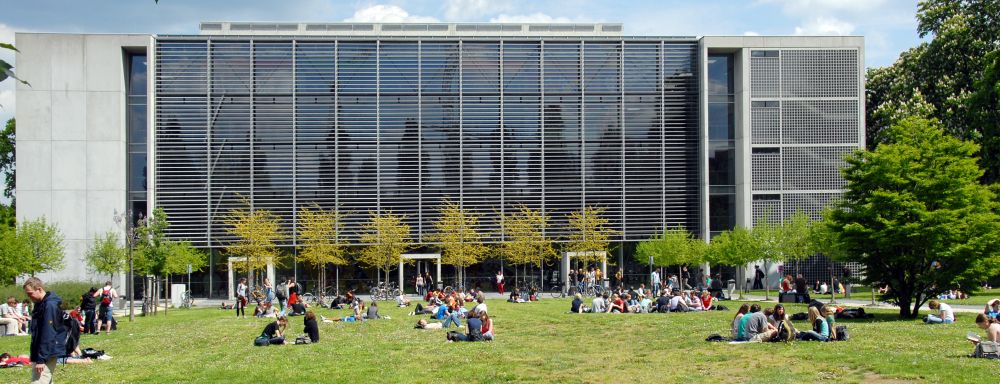Special Course: Numerical Methods for Fiscal and Monetary Policy Analysis
Lecturer: Professor Davide Debortoli, PhD (UPF and Barcelona GSE)
Date: September 11 – September 14, 2017
Venue: Leipzig University, Faculty of Economics and Management Science, Grimmaische Straße 12, 04109 Leipzig, Seminar room 8 (SR8)
Registration: until August 30, 2017 via e-mail: sprenger@wifa.uni-leipzig.de
The course is limited to 25 participants.
Announcement see pdf
Course Outline
The course illustrates state-of-the-art techniques to solve and simulate modern macroeconomic models, with specific applications to fiscal and monetary policy analysis. In the first part of the course we will study fiscal and monetary policy in standard DSGE models using local approximation methods (perturbation method). The second part of the course we will instead consider extensions of DSGE models (e.g. featuring the zero lower bound on interest rates, borrowing constraints, default, heterogeneous agents), some of which require the use of global solution methods (projection method). No previous knowledge of numerical techniques is required, but a basic knowledge of MATLAB (or another programming language) would be very helpful.
Time Schedule
Monday
9:30 – 11:00 (2 x 45 min)
Break: 30 min
11:30 – 13:00 (2 x 45 min)
Break: 90 min
14:30 – 16:00 (2 x 45 min)
Tuesday
9:30 – 11:00 (2 x 45 min)
Break: 30 min
11:30 – 13:00 (2 x 45 min)
Break: 90 min
14:30 – 16:00 (2 x 45 min)
Wednesday
9:30 – 11:00 (2 x 45 min)
Break: 30 min
11:30 – 13:00 (2 x 45 min)
Break: 90 min
14:30 – 16:00 (2 x 45 min)
Thursday
9:30 – 11:00 (2 x 45 min)
Break: 30 min
11:30 – 13:00 (2 x 45 min)
Break: 90 min
14:30 – 16:00 (2 x 45 min)
The course deals with the following topics:
1. Introduction. Solving and Simulating DSGE models
– basic princinples about solving DSGE models;
– the perturbation method.
2. Simple Rules and Optimal Fiscal and Monetary Policy
– regime-switches;
– the zero-lower bound;
– optimal simple rules;
– optimal Ramsey policy;
– commitment vs. discretion.
3. Solving DSGE models with Global Approximations
– the projection method;
– models with government debt and default;
– models with inequality constraints.
4. DSGE models with Heterogeneous Agents.
– how to deal with idiosyncratic and aggregate uncertainty;
– solution with perturbation methods;
– solution with projection and perturbation.























